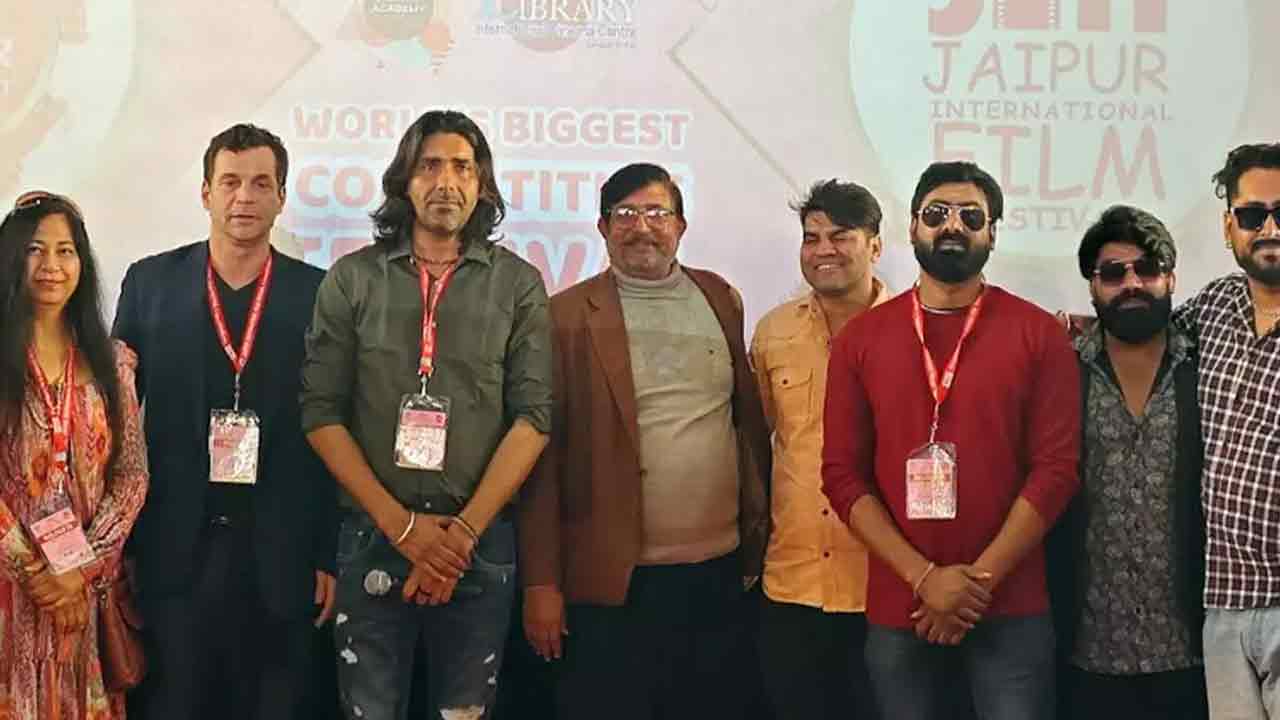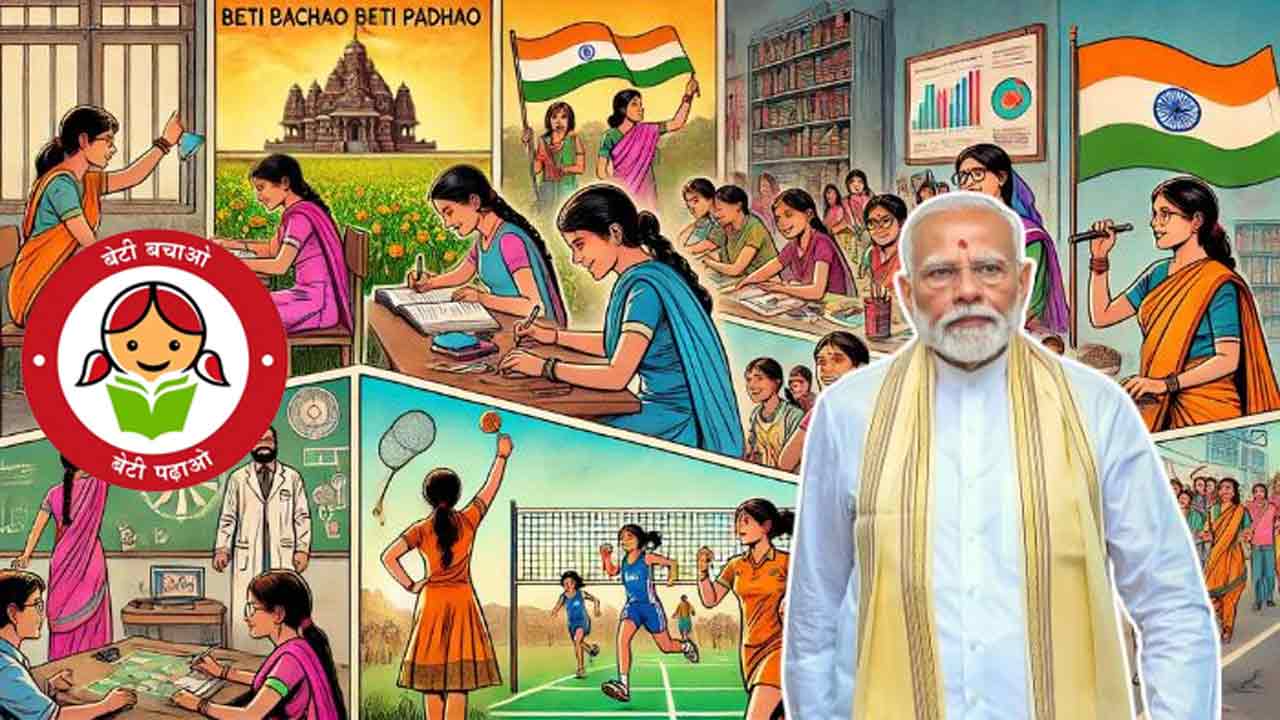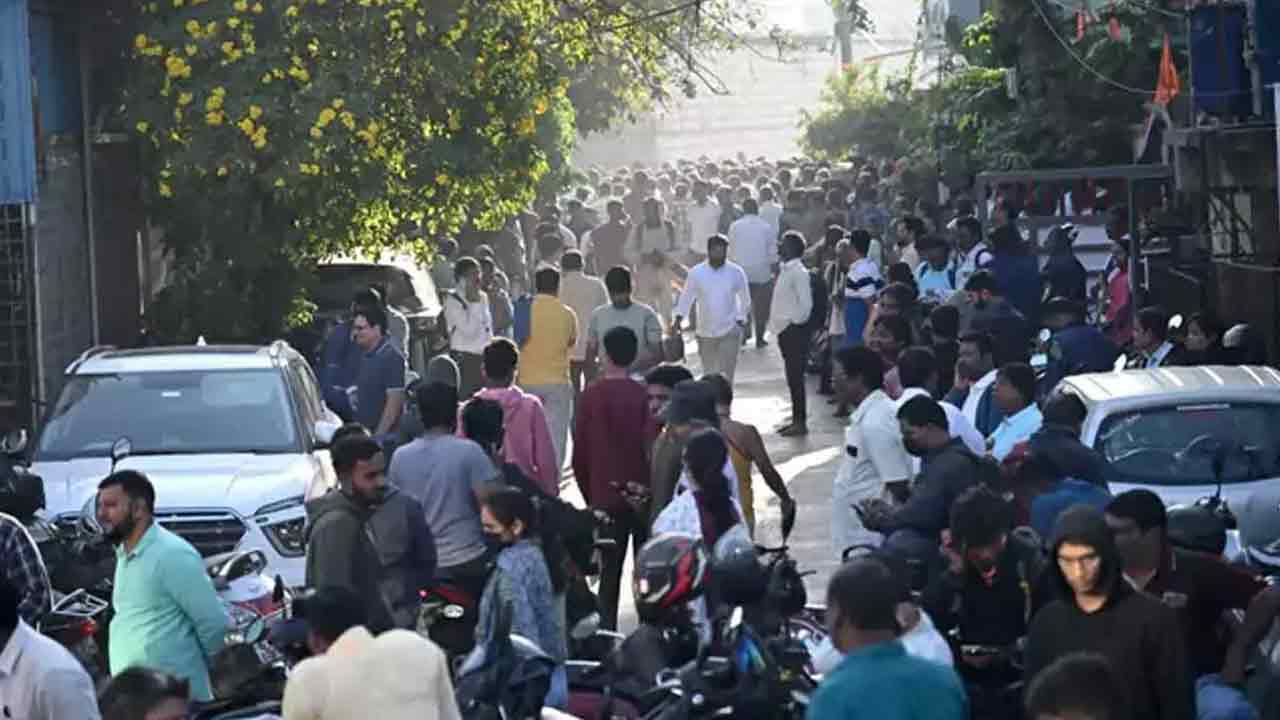PM to interact with ‘Aatmanirbhar Bharat Swayampurna Goa’ beneficiaries today
October, 23: Prime Minister Narendra Modi will interact with beneficiaries and stakeholders of the ‘Aatmanirbhar Bharat Swayampurna Goa‘ programme on Saturday. The interaction will take place at 11 am via video conferencing. He will also deliver an address after the interaction. Goa chief minister Promod Sawant will be present on the occasion, according to the Prime Minister’s Office (PMO).
About the ‘Aatmanirbhar Bharat Swayampurna Goa’
The initiative of Swayampurna Goa was launched on October 1, 2020. Under this programme, a state government officer is appointed as ‘Swayampurna Mitra’. The ‘Mitra’ (friend) visits a designated panchayat or municipality, interacts with people, coordinates with multiple government departments and ensures that various government schemes and benefits are available to the eligible beneficiaries.
Objective of ‘Aatmanirbhar Bharat Swayampurna Goa’
The major objective of the programme is to ensure that every village in the state becomes self-reliant (aatmanirbhar) by harnessing resources available within the area where it is located.
As a part of the Aatmanirbhar Bharat Swayampoorna Goa initiative, government officers, teachers and students reach out to each and every village panchayat.
Addressing the people through a video conference earlier, chief minister Sawant had said that no state could flourish if the villages were not self sufficient and hence village panchayat should adopt various sustainable measures to gain economic empowerment for its village.

Action plan of ‘Aatmanirbhar Bharat Swayampurna Goa’
Under the ‘Aatmanirbhar Bharat Swayampurna Goa’, a study of the economic revival for village panchayats was undertaken by Directorate of Higher Education and GIPARD. 25 colleges were involved in the process of data collection, preparation of individual reports of 191 village panchayats, reports news agency PTI.
The action plan for Aatmanirbhar Bharat Swayampurna Goa consist various aspects of agriculture, animal husbandry, youth and adolescent, senior citizens, women and self-help groups, tourism, fisheries, natural resources, various schemes and their convergence.






